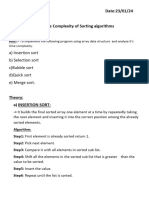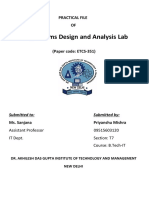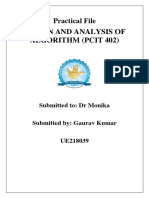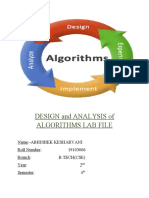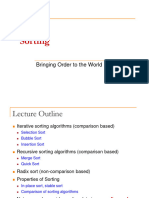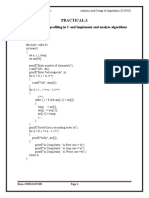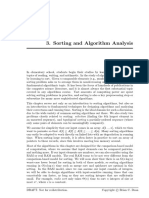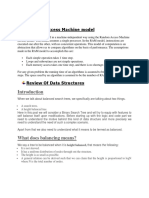0% found this document useful (0 votes)
68 views45 pagesDAA Lab File
This document contains source code implementations of various sorting and searching algorithms along with their time complexities:
1. Linear search algorithm with O(n) time complexity.
2. Binary search algorithm with best, average, and worst case times of O(1), O(logn), and O(logn) respectively.
3. Insertion sort with best, average, and worst cases of O(n), O(n^2), and O(n^2).
4. Bubble sort with best, average, and worst cases of O(n), O(n^2), and O(n^2).
5. Selection sort with best, average, and worst
Uploaded by
Ranu SharmaCopyright
© © All Rights Reserved
We take content rights seriously. If you suspect this is your content, claim it here.
Available Formats
Download as PDF, TXT or read online on Scribd
0% found this document useful (0 votes)
68 views45 pagesDAA Lab File
This document contains source code implementations of various sorting and searching algorithms along with their time complexities:
1. Linear search algorithm with O(n) time complexity.
2. Binary search algorithm with best, average, and worst case times of O(1), O(logn), and O(logn) respectively.
3. Insertion sort with best, average, and worst cases of O(n), O(n^2), and O(n^2).
4. Bubble sort with best, average, and worst cases of O(n), O(n^2), and O(n^2).
5. Selection sort with best, average, and worst
Uploaded by
Ranu SharmaCopyright
© © All Rights Reserved
We take content rights seriously. If you suspect this is your content, claim it here.
Available Formats
Download as PDF, TXT or read online on Scribd
/ 45









